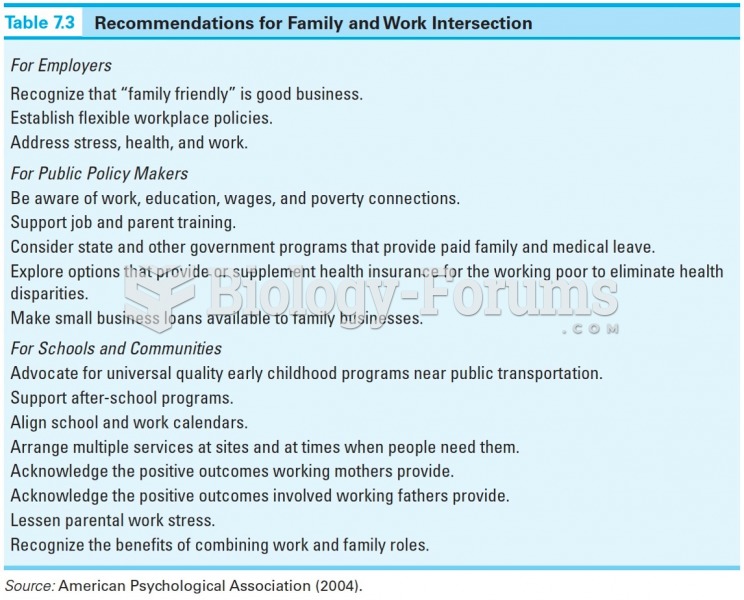Answer to Question 1
Many victims and witnesses are reluctant to become involved in the criminal justice process. More than half of all major crimes are never reported to the police; even when they are reported, not all victims wish to prosecute. Particularly in low-income, high-crime neighborhoods of the nation's largest cities, victims and witnesses may fail to cooperate with the police. Scholars refer to this lack of cooperation as legal cynicism. Youths in a high crime neighborhood are negatively disposed toward police and this is grounded in the lived experience of negative encounters with law enforcement (Carr, Napoliatano, and Keating, 2007). Overall legal cynicism refers to a cultural orientation in which law and the courts are viewed as illegitimate, unresponsive, and ill equipped to ensure public safety (Kirk and Matsuda, 2011).
Some specific witness-related problems include giving the police incorrect addresses, failing to show up in court, and offering testimony that is confused, garbled, or contradicted by other facts. Not all uncooperative behavior can be blamed on victims and witnesses, however; the court process can be equally at fault. In Washington, D.C., a study focusing on what it called noncooperative witnesses reported that 41 percent were never told that they should contact the prosecutor; 62 percent were never notified of court appearances; and 43 percent stated that the police, prosecutor, and judge all failed to explain the witnesses' rights and duties. Other reports have found that the longer the case is delayed, the more likely it is that witnesses will not appear when summoned (Cannavale and Falcon, 1976).
Answer to Question 2
Research has found that females were handled more punitively than males at almost every stage of the juvenile justice system:
Female delinquents were substantially more likely to have been detained for status offenses before final juvenile court disposition or afterward.
Not only did females represent a higher percentage of juvenile court cases, but they also represented an increasing percentage of cases that were petitioned for formal processing and ultimately adjudicated.
Females were much more likely than boys to receive the harshest sanction available in a juvenile courtnamely, commitment to a juvenile prisonfor status offenses and even for technical violations of probation.
Females were committed to a correctional facility at much younger ages than those of males.
Females have achieved parity with males concerning the length of time served in confinement for delinquent conduct; females and males exhibit similar cumulative percentages for each sentence length.







